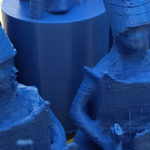One of the goals of my newest book, The Kickstart Guide to Making GREAT Makerspaces, was to highlight best practices in makerspaces around the world. Since the book’s publication, I have continued to see many people creating not just makerspaces, but GREAT makerspaces. I honestly could write another book based on all of the amazing things I am seeing happening, but wanted to share with you in this post, 6 that recently have stood out to me.
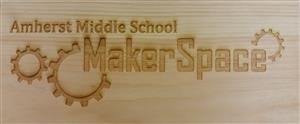
1. The Amherst Middle School Makerspace is not only open to students, but it is also open to the adults in their community. The principal, Porter Dodge, attended a lecture that discussed makerspaces for the students and that there are makerspaces for adults out there. Porter had the idea that he could get his once eliminated shop program back if the community got involved and some of those “maker people” showed up. In cooperation with their town’s recreation department, they offered a class to the adults on welding, and the maker people did show up. They helped to clean up the shop, fixed the broken equipment, fund raised and purchased new equipment. They have had donations of everything from hand tools to a Bridgeport milling machine, and in just over a year, they turned a room filled with boxes and junk to a complete wood and metal shop, electronics work area, 3D printing and CAD station, and a large assortment of classes happening year round. Their makerspace is around 10,000 square feet of imagination and engineering gone wild. The kids use this space for classes during the day. In the evenings, or all day when school is not in session, community members who pay a small per month fee, can swipe their cards at the doorbot and enter the space to use the equipment. Their membership pays for the upkeep and additional equipment. The members help maintain the shop to lower the cost for the schools. It is a huge win/win for the kids and the community.
2. Vancouver, Washington K-3 Makerspace Coach, Rob Harsch, recently highlighted a project that one of his teachers, Mr. Affeldt, did with the students in their makerspace. The theme in the makerspace was, “How do you make your own fun?” As you can see by their board game creations below, this question was the impetus that stimulated their imaginations and is what led them to creating some amazing creations.
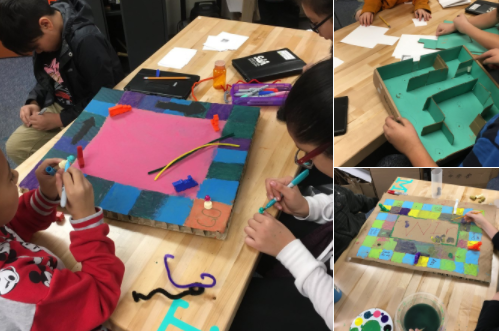
3. California educator, Jesus Huerta, shared a blog post in which he outlined in detail his use of multiple Google Classrooms to organize makerspace related station rotations. His thirteen stations include Snapcircuits, Piper computer, Play-doh touch, Into the Labyrinth VR, Microbit, Arduino, Robotics, 3D print and design, Makey Makey, Maze VR, Bloxels, Perler art and Crayola Airbrush. You can read the details of how he organized his stations here.
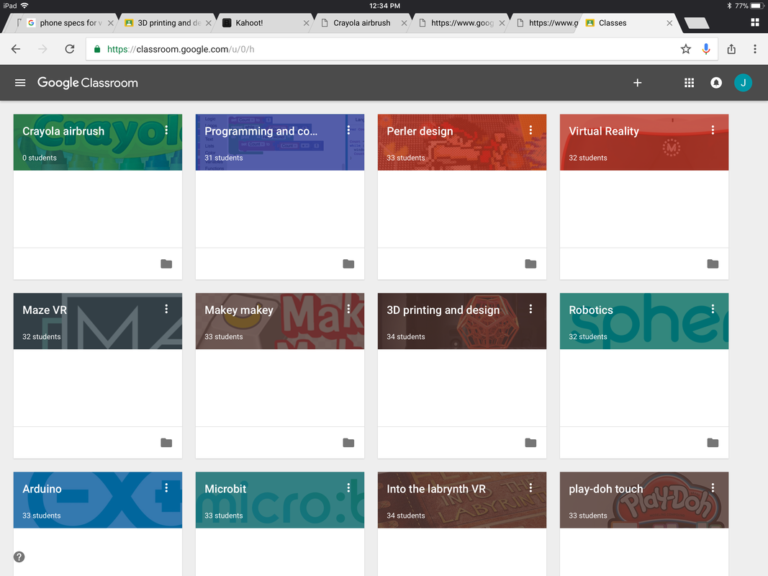
4. The Rhode Island School of Design’s Nature Lab has created a biodesign makerspace, which invites students to conceptualize and engineer nature-inspired systems to address real-world issues. Read more about their unique space here.
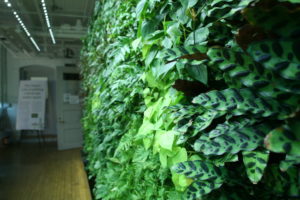
5. One of the questions that has driven my work is, “How can we
get more of our students to make, without forcing them to make?” In my own makerpace, I work hard at creating the conditions to inspire. I came across the Instagram post below from Arielle Goldstein, the library media specialist at West Morris Mendham High School. Although not all related to making and creating, I just loved her idea for inspiring high schoolers and can see how this idea can be used to create the conditions to inspire students to want to make and to participate in their makerspace.
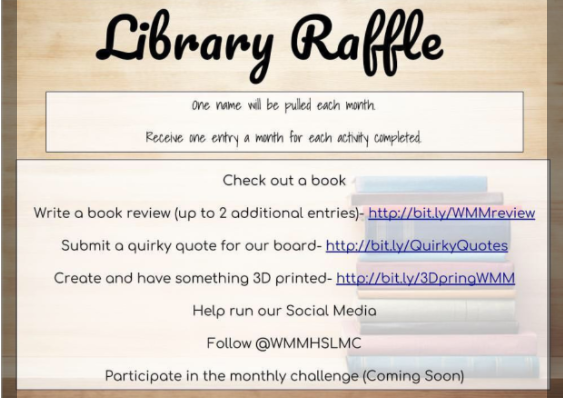
6. Director of Media and Maker Programs at Mount Vernon School in Georgia, James Tiffin Jr., uses a ‘Build Permit’ system with his students.
The permits serve three main purposes.
1) They help his students take the ideas out of their head and get them into a tinkerable planning form.
2) They help him know how to support their ideas and plans by giving him a glimpse into that thinking, which in turn allows him to help hone their thinking processes.
3) It creates agency in his students because they themselves identify when their project is done, not him.
Every build permit asks them “How will you know you are done?”
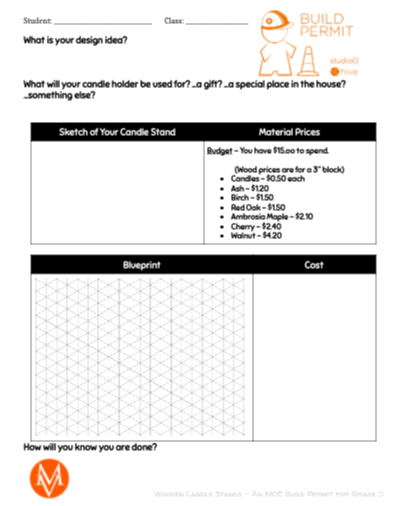
How is your makerspace GREAT? Be sure to let me know by sharing your work with me at #makingGREATmakerspaces. Stay tuned for more posts that highlight all of the GREAT things happening in makerspaces!






